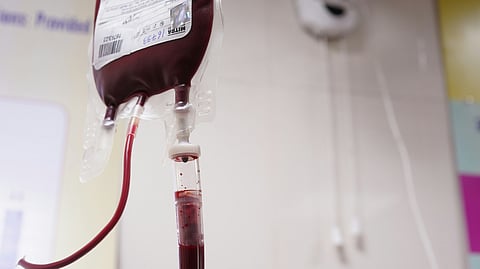By Product Type:
It is classified into single, double, triple, quadruple, and Penta blood bags. Triple blood bags are increasing in popularity as they have the capability of fractionating blood into components such as red cells, plasma, and platelets.
According to Capacity:
Blood bags of 250 ml to 500 ml are in great demand, meeting different medical needs. The 300 ml capacity segment has a large market share, particularly for serious surgeries and trauma.
By End-User:
Hospitals lead the end-user category, followed by blood banks and ambulatory surgery centers. The growing number of healthcare institutions, especially in developing countries, drives this market


